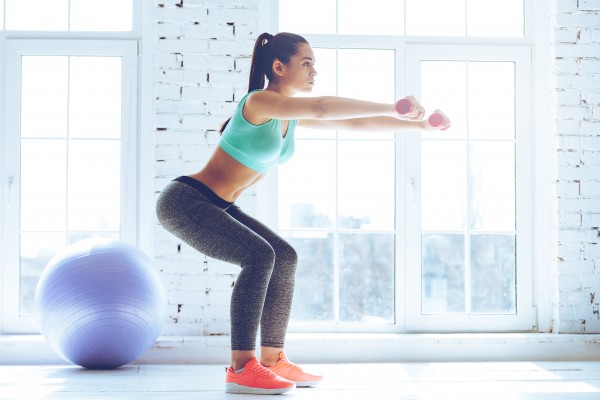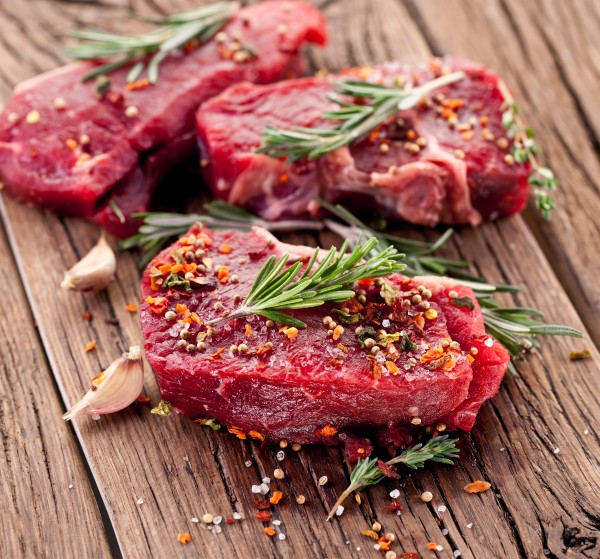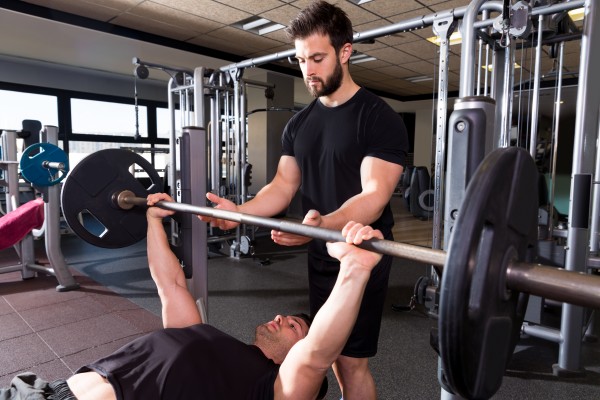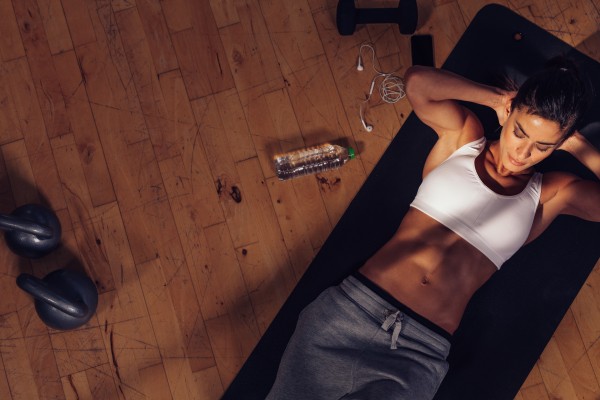What does my Body Shape Rating (BSR) mean?
Body Shape Rating is a wellness score based on the relationship of your body SHAPE to cardiovascular related risk factors.
It answers the question, "Is my body shape making it more likely for me to develop certain cardiovascular related health issues?"
BSR is rated on a 0-100 range where 50 is average. The higher the score, the lower the risk.
Essentially, if you have a higher body shape rating, your risk of cardiovascular disease may be less.
Higher Body Shape Ratings are found in those who have more of their weight 'distributed' in their legs and less in their trunk/waist area.
An example from the research:
Those with a BSR in the lowest quartile (e.g. under 25) are 7 x more likely to develop Diabetes than those in the highest quartile (e.g. above 75).
5 Ways to Improve you BSR right NOW
1. Increase the size/volume in your legs
The only way you can increase the volume in your legs is by weight/resistance training.
If you are not currently performing lower limb resistance training, starting with body weight exercises should be fine e.g. Squats, Lunges, Step Up, Calf Raises, Bridges etc. However, if you do not push yourself beyond body weight resistance, it is unlikely you will ever increase the volume in your legs.
Cycling may also increase the bulk in your legs, provided the resistance on the stationary cycle is high enough, OR if you do lots of hill cycling outside. Running, swimming and other cardiovascular exercise are unlikely to increase the volume in your legs.
If you would like some 1:1 advice on how to structure a lower body resistance training program and perform the correct technique, you could book a 1:1 session with our company director via zoom or in person at his gym in Wellington CBD.

2. Decrease your trunk/stomach volume
If you do not change your eating/drinking regime, it is unlikely you will ever lose additional body fat/weight from your trunk/stomach region.
If there was one region in the body you do NOT want excess fat, it is your stomach. High stomach volumes/waist circumferences have a strong relationship with visceral fat and cardiovascular disease risk.
We have previously created some great resources for you to improve your waist circumference, body fat, and weight. You can view these here:
Food portion sizes for weight loss
5 ways to Decrease you Body Fat %
Or Check out our Nutrition Packages here
3. Consume adequate amounts of Carbohydrates and Protein
Carbohydrates are NOT the devil, and Protein alone does NOT build muscle.
To assist in building the muscle in your arms and legs, dietitians recommend consuming enough protein AND carbohydrates. The exact amount can differ for everyone. If you would like specific advice on the best combination for you to build muscle, you could consider booking a 1:1 session with a dietitian.
It should also be noted that if you are always in a calorie deficit (e.g. consuming less calories than you are burning) it is very difficult to increase the size of any muscle.

4. Increase the size/volume in your arms
The only way you can increase the volume in your arms is by weight/resistance training.
If you are not currently performing upper body resistance training, starting with body weight exercises should be fine e.g. Push Ups, Triceps Dips, Chin Ups etc. However, if you do not push yourself beyond body weight resistance, it is unlikely you will ever increase the volume in your arms.
If you would like some 1:1 advice on how to structure a upper body resistance training program and perform the correct technique, you could book a 1:1 session with our company director via zoom or in person at his gym in Wellington CBD.

5. Stop doing so many sit ups
You are not able to 'spot reduce' fat in your body. For example, if you do 5000 sit ups per day, your waist circumference may not change at all.
If you are using exercise (to compliment a healthy diet) to try and improve your Body Shape Rating, it is recommended that you choose exercises that burn a lot of energy. For example, squats, lunges, step ups, push ups, and chin ups would be better exercise choices than isolated bicep curls, sit ups, or any isolated abdominal exercises.

Reasons why your BSR may not improve
Genetics will 100% play a role in the shape of your body and therefore your BSR.
Some people naturally have more of their weight distributed in their trunk and little in their legs. If this describes you, it may be that you will never be able to achieve a high BSR score (e.g. above 70). The key is to compare against yourself over time :)
As discussed above, when losing weight, your body will choose what location you lose weight from first. If you have a follow up Fit3d Body Scan and your BSR doesn't improve, it may be that you have lost a higher volume/proportion of weight from your legs than from your waist area. This can lead to your BSR getting worse/not changing.
In the above scenario, if your other metrics are improving, the decreased BSR isn't necessarily a bad thing. For health, other metrics you would want to see improve would be your Waist circumference, Body Fat %, Weight, Body Overlay Image, and Trunk Volume. If most of these are improving (despite a one-off decrease in BSR), we would recommend you pursue with your exercise/eating regime as the holistic interpretation would be that your overall body composition is improving. You can always email our director if you would like him to double check these figures for you peter@healthandfitnesstesting.nz.
Additional Resources
Food portion sizes for weight loss
5 ways to Decrease you Body Fat %
Book an appointment with our Nutrition Team here
Book a 1:1 Exercise Programming session with our Director
